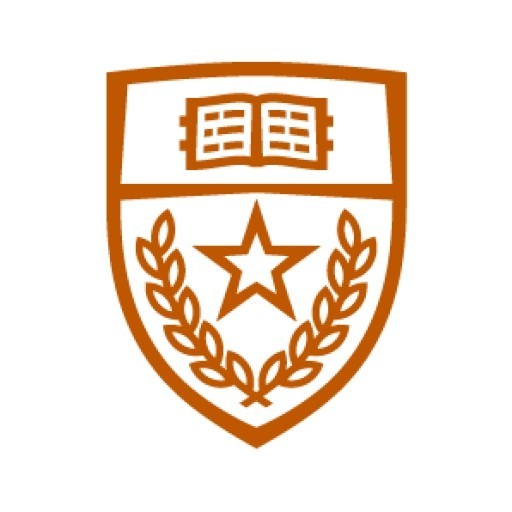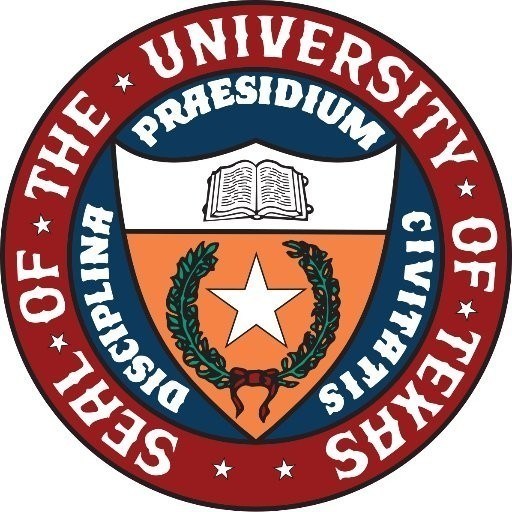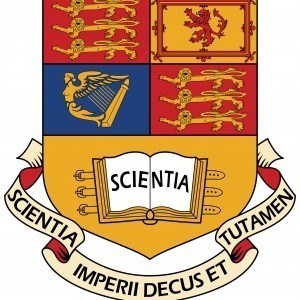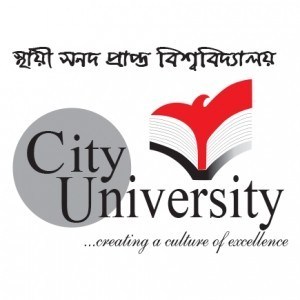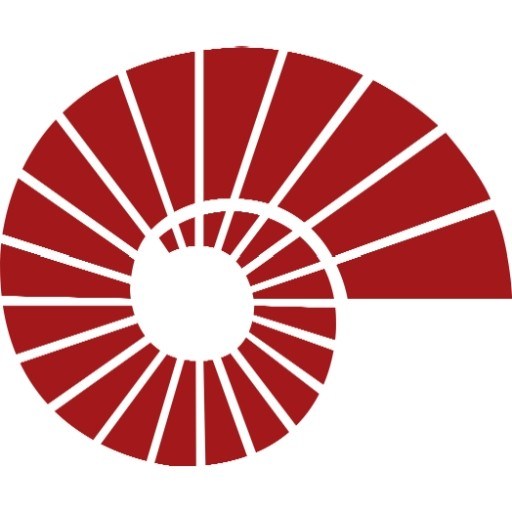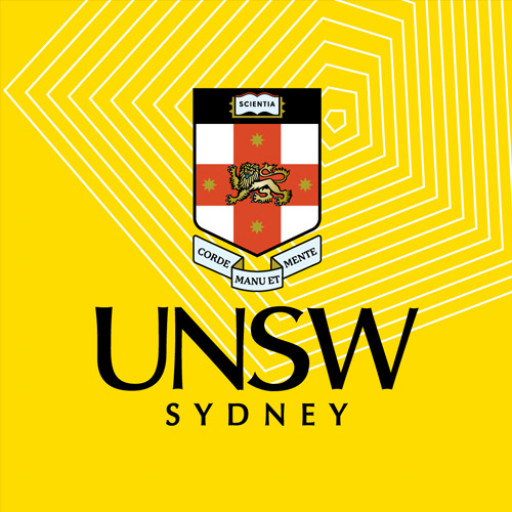Photos of university / #utaustintx
The Bachelor of Science in Biomedical Engineering at the University of Texas at Austin offers students a comprehensive curriculum that combines principles of engineering, biology, and medicine to develop innovative solutions for healthcare. This program prepares graduates to design, analyze, and improve medical devices, diagnostic tools, and therapeutic systems that enhance patient care and medical research. Students in this program benefit from a multidisciplinary approach, engaging with coursework in mechanics, electrical engineering, biomaterials, systems physiology, and biomedical instrumentation. The program emphasizes hands-on learning through laboratory experiences, design projects, and research opportunities, fostering critical thinking and problem-solving skills essential for careers in academia, industry, or clinical settings. Students are encouraged to participate in internships, cooperative education programs, and collaborations with hospitals and research institutions to gain practical experience. The curriculum is designed to be flexible, allowing students to tailor their electives toward areas such as medical imaging, bioinformatics, or regenerative medicine. The university’s state-of-the-art facilities, including specialized labs and research centers, provide an ideal environment for innovation and discovery. The Biomedical Engineering program also emphasizes ethical considerations, regulatory knowledge, and the societal impact of healthcare technology, preparing graduates for responsible leadership in the field. Upon completion, students are well-equipped to pursue graduate studies or professional careers in biomedical device design, medical research, healthcare consulting, or regulatory agencies. The program’s strong ties to local healthcare providers and industry partners offer numerous networking and employment opportunities. Overall, the Bachelor of Science in Biomedical Engineering at UT Austin aims to produce versatile engineers who are committed to advancing medical science and improving human health through engineering excellence and compassionate innovation.
M.S.E. with Thesis Requirements
To obtain an M.S.E. degree, with a thesis, 24 credit hours of technical coursework and six hours of thesis are required, where18 of the 24 technical coursework credit hours must be graduate level for a letter grade. The other six credit hours may be either upper division for a letter grade or graduate level for credit/no credit. Of the technical graduate coursework, five courses (three-credit hour, 15 credits total) MUST be as follows:
- A graduate-level course in the biological or clinical sciences.
- A graduate-level course in basic or applied mathematics: a course in statistics is encouraged to meet this requirement, but another mathematics topic may be approved in some circumstances.
- Students must take a course from three of the four technical areas below:
- A graduate-level course in technical area #1.
- A graduate-level course in technical area #2.
- A graduate-level course in technical area #3.
- A graduate-level course in technical area #4.
6 credit hours of thesis research: BME 698A & 698B
M.S.E. with Coursework (No Thesis) Requirements
To obtain an M.S.E. degree with no thesis, 30 credit hours of technical coursework are required, where 24 of the 30 credit hours must be graduate level for a letter grade. The other six credit hours may be either upper division for a letter grade or gaduate level for credit/no credit. Of the technical graduate coursework, five courses (three credits each, 15 credits total) MUST be as follows:
- A graduate-level course in the biological or clinical sciences.
- A graduate-level course in basic or applied mathematics: a course in statistics is encouraged to meet this requirement, but another mathematics topic may be approved in some circumstances.
- Students must take a course from three of the four technical areas below:
- A graduate-level course in technical area #1.
- A graduate-level course in technical area #2.
- A graduate-level course in technical area #3.
- A graduate-level course in technical area #4.
Courses
- BME 381J.3 Biomedical Imaging: Signals and Systems
- BME 381J Fluorescence Micro/Spectroscopy
- BME 381J Lasers and Optics
- BME 381J Optical Design
- BME 381J Medical Imaging
- BME 381J Functional Imaging Laboratory
- BME 381J.7 Digital Image and Video Processing
- BME 382J Cellular and Molecular Biomechanics
- BME 382J Drug Delivery
- BME 381J Molecular Biophysics: Measurements and Methods
- BME 382J.1 Cell and Tissue Engineering
- BME 382J.4 Advanced Engineering Biomaterials
- BME 383J Geometric Modeling and Visualization
- BME 383J Computational Biomolecular Engineering
- BME 383J Computational Methods for Biomedical Engineers
- BME 383J.4 Biomechanics of Human Movement
- BME 383J.5 Introduction to Nonlinear Dynamics in Biological Systems
- BME 383J.7 Data Mining
- BME 384J.1 Biomedical Instrumentation
- BME 385J Biomedical Micro- and Nanotechnology
- BME 385J Fields Forces and Flows
- BME 385J Advanced Oral Communication for International Engineering Students
- BME 385J Approaches to Modeling Simulation of Cardiac Function
- BME 385J, Topic 36 Engineering Applications of Immunology and Disease Pathology
- BME 386 Product Realization/Technology Commercialization Seminar
Requirements
- Application for Admission
- Official GRE scores
- Resume and/or Curriculum Vitae
- Letters of Recommendation from three individuals
- Essay Questions. Four essay questions (each a maximum of 50 lines, 12 pt font) encouraging you to reflect onyour prior biomedical engineering experiences, why you are selecting The University ofTexas at Austin Biomedical Engineering program for your graduate studies, your particularacademic and professional goals, and your role as a biomedical engineer both at TheUniversity of Texas at Austin and in the wider community. You must follow the BMEapplication essay template which can be downloaded on our admissions website
- Areas of Study – We have four overarching areas of study in the BME program: Area 1: Cellular and Molecular Imaging Area 2: Cellular and Bio-Molecular EngineeringArea 3: Computation Biomedical EngineeringArea 4: Biomechanics
- Within each area you may choose one or more sub-topics but you should not choose morethan one area of study. You will also let us know which faculty member(s) you are interestedin working with.
- The application fee is $65 for U.S. applicants and $90 for International applicants
- Official Transcripts. Include transcripts from all colleges and universities you have attended. You will uploadyour transcript as a PDF after you submitted your application and paid the applicationfee. Upload your transcript(s) on the Status Check page.
- Official TOEFL Scores
- Financial Responsibility Form
The Biomedical Engineering program at the University of Texas at Austin offers a variety of financing options to support students throughout their academic journey. Tuition and fees vary depending on residency status, with in-state students benefiting from lower tuition rates compared to out-of-state students. For the academic year, undergraduate in-state tuition is approximately $11,000 per year, while out-of-state students pay around $40,000 annually. Graduate tuition rates are similarly structured, with in-state students paying roughly $10,000 per year and out-of-state students around $39,000 per year. Beyond tuition, students should consider additional costs such as health insurance, textbooks, supplies, and living expenses, which can significantly increase total educational costs.
The University of Texas at Austin provides numerous financial aid opportunities to assist students in funding their studies. Merit-based scholarships are available for outstanding academic performance, leadership, or talent in specific areas. The University also offers need-based grants and scholarships for qualifying students, which are awarded based on financial need and academic merit. Students are encouraged to complete the Free Application for Federal Student Aid (FAFSA) to determine eligibility for federal grants, loans, and work-study programs. Federal student loans, including Direct Subsidized and Unsubsidized Loans, provide essential funding options with relatively low-interest rates and flexible repayment plans.
In addition to federal aid, there are university-sponsored scholarships, fellowships, and research assistantships specifically for biomedical engineering students. Graduate students often have the opportunity to work as research assistants or teaching assistants, which provide stipends and tuition waivers, effectively reducing the cost of education while gaining valuable experience. External funding options include private scholarships, industry-sponsored fellowships, and research grants from governmental agencies such as the National Institutes of Health (NIH).
Students are encouraged to explore various financial avenues early in their academic planning to maximize available resources. The university's Office of Financial Aid and the College of Engineering's scholarship office provide personalized guidance to help students navigate the application process, identify suitable funding opportunities, and understand repayment obligations. Overall, while pursuing a degree in Biomedical Engineering at the University of Texas at Austin involves significant financial considerations, the university’s comprehensive support systems and funding options are designed to make education accessible and affordable for qualified students.
The Biomedical Engineering program at The University of Texas at Austin offers students a comprehensive education that combines principles of engineering, biology, and medicine to develop innovative solutions for healthcare challenges. The program aims to prepare students for careers in medical device development, clinical engineering, research, and academia. Students in this program have access to state-of-the-art laboratories, interdisciplinary research centers, and collaborations with hospitals and industry partners, providing practical experience and exposure to real-world applications. The curriculum includes foundational courses in engineering, biology, and chemistry, along with specialized topics such as biomechanics, biosignals, biomedical imaging, biomaterials, and tissue engineering. The program emphasizes both theoretical knowledge and hands-on skills, encouraging students to engage in research projects, internships, and co-op opportunities that enhance their understanding of biomedical systems and devices. Undergraduate students have opportunities to work closely with faculty members on cutting-edge research, often resulting in publications and conference presentations. The program also offers graduate pathways for those interested in pursuing master's and doctoral degrees in biomedical engineering or related fields. The university supports a vibrant student community through student organizations, competitions, and seminars focused on biomedical technology and innovation. Graduates from the program are well-equipped to enter the workforce in healthcare technology companies, regulatory agencies, research institutions, or continue their education at top graduate schools. The program's strong industry partnerships and alumni network provide valuable resources for career development and mentorship. Overall, the Biomedical Engineering program at the University of Texas at Austin is designed to foster innovative thinking, technical expertise, and a commitment to improving human health through engineering solutions.
